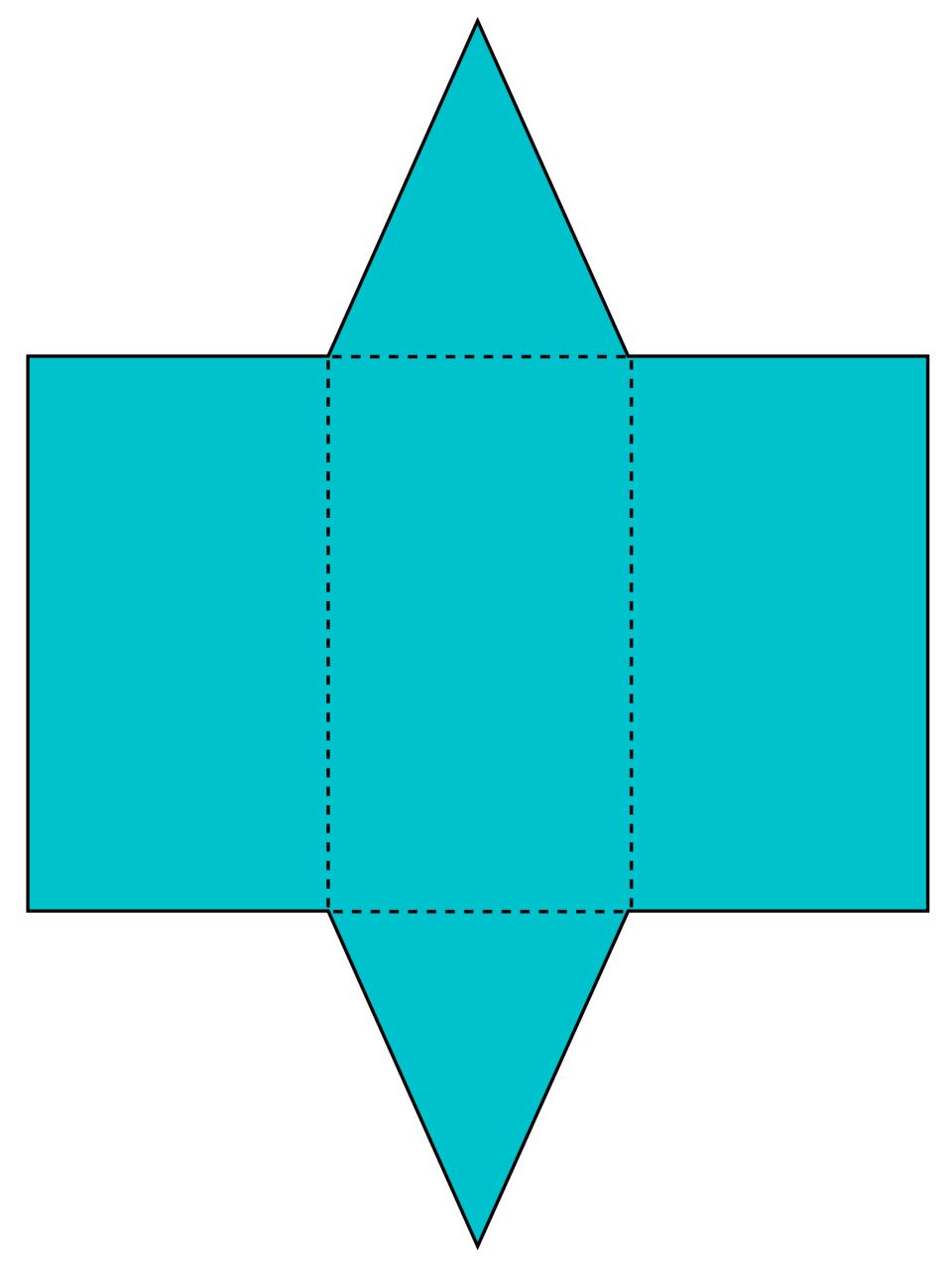

The surface area of the 3 – dimensional shapes can also be calculated using nets. Each 3 – dimensional shape has its own formula for finding its surface area. The area occupied by a three-dimensional object by its outer surface is called the surface area. Recall that the space occupied by a two-dimensional flat surface is called the area. The surface area of 3 D shapes is similar to the area of 2 D shapes. The surface area of any given object is the area or region occupied by the surface of the object. What is the surface area of 3-dimensional shapes? What is surface area? 3 – dimensional shapes or 3D shapes are the shapes that have all the three dimensions, i.e. One such type of shape is the 3 – dimensional shape. The Sun, the earth and other planets, the mountains and all other things in the world are all of the specific shapes. The alphabets of English shapes are all shapes of different types. We come across many shapes in our daily lives and kids start recognising these shapes even before actually studying about them. The boundary or outline of an object is called its shape. Using nets to find the surface area of a triangular prism.
#TRIANGULAR PRISM NET HOW TO#
How to find the surface area of a triangular prism?.Surface area of a triangular prism using nets.Using nets to find the surface area of a rectangular prism.How to find the surface area of a rectangular prism?.Surface area of a rectangular prism using nets.


So if we would like the surface area of this shape, we need to add the area of all of the faces together.

That’s what makes up a prism: the two bases and then the rest are rectangles. And it’s a prism because the rest of the faces or the sides is what we can call them are rectangles. The bases, the parallel faces, are triangles. So we have- that this is a triangular prism. Hint: you can draw the net of the shape to help you. Find the surface area of this triangular prism.


 0 kommentar(er)
0 kommentar(er)
